While the Grand Union flag and the Stars and Stripes may have appeared on some battlefields, they were more likely to be seen on forts and ships. Virginia had no state flag until the Civil War. Every regiment, however, had a flag that served important symbolic and battlefield purposes. Regimental flags were unique works of art, often featuring symbols from antiquity or popular culture with mottos in English or Latin. The flags of the 1st Pennsylvania Regiment and Connecticut’s 2nd Continental Light Dragoons are among the very few that survive. There is, however, an 8th Virginia flag that still exists—but it is not the regimental banner. It is a “grand division standard,” one of two that were used to direct halves of the regiment on the battlefield. These were utilitarian devices with little ornamentation. The most important thing about them was their color.
Henry A. Muhlenberg was at that time preparing to publish a biography of his great uncle, the still-useful (but occasionally inaccurate) Life of Major-General Peter Muhlenberg of the Revolutionary Army. The younger Muhlenberg was a member of Congress and quite knowledgeable about his pedigree, but his description of the flag as “the regimental color” was wrong.
"In 2012, the flag was sold at Freeman’s Auction in Philadelphia. Prior to the auction, Freeman’s brought it to Shenandoah County to be displayed. I was lucky that I found out about it just a couple of days prior to the event. I contacted my friend Erik [Dorman] who also was interested in writing about the 8th and we decided to show up in our uniforms. We caused quite a stir when we walked around the corner of the Courthouse into the square. We were immediately enlisted to "guard" the flag and unveil it during the event.”
With it were two smaller, plainer flags of identical design but different colors. The 3rd Detachment was an ad hoc unit cobbled together under Col. Abraham Buford in 1780 from new recruits and soldiers who had avoided capture at Charleston earlier that year. The flags were used at the Waxhaws in South Carolina on May 29 when Tarlton defeated Buford there. It is unlikely that the flags were made specifically for the detachment. The regimental flag is described in detail in a 1778 inventory of then-new flags known as the “Gostelowe Return.” The flags were probably, therefore, inherited from a regiment that was folded into Buford’s detachment. Buford had been colonel of the 11th Virginia, and a number of the men in his detachment were reportedly from the 2nd Virginia. The flag could have come from either of those, or from another. The two “grand division” flags from the Buford detachment are almost identical, except for their colors, to the Muhlenberg flag. Buford’s maneuvering flags are blue and yellow. The Muhlenberg flag is a beige color today and was described as a “salmon” color in 1847. A fabric expert advises that the original color was red. The flag has faded considerably just from its time in the frame. It is not hard to imagine it having faded from red to a salmon color over the century or so before it put under glass. The scrolls on the blue and yellow flags contain only the word "regiment." The word is not centered in the scroll, suggesting that a space was retained to the left on both flags to be filled in when they were assigned to a specific regiment. The writing in the 8th Virginia's scroll is illegible now. It was retouched on one side by Mr. Goetz or a previous owner to say "VIII Virg Regt." The 1847 account in the Richmond Whig says the scroll was styled a bit differently as "VIII Virga Regt."
More from The 8th Virginia Regiment
1 Comment
The narrative that was submitted with veteran James Johnston’s 1832 pension application provides a uniquely clear summary of the 8th Virginia Regiment’s service. The text of it, as transcribed by C. Leon Harris, is presented below with the Harris annotations removed and new explanatory notes by Gabe Neville inserted in italics. New paragraph breaks have been introduced along with a handful of changes to capitalization and punctuation for clarity. Otherwise, the complete text is presented unaltered. Pension Application of James JohnstonState of Virginia Giles County Ss.
That he enlisted in the County of Culpepper and State of Virginia with Lieutenant Henry Fields and belonged to the Company Commanded by Capt George Slaughter. ◊ Each company officer had an enlistment quota to meet in order to get his commission. Family and friends made the best prospects. Lt. Field was Capt. Slaughter’s wife’s cousin. Her brother and two other cousins were also in the regiment, as was Capt. Slaughter’s nephew, Lawrence Slaughter. The five men from the Abbott family who enlisted in the company were probably Johnston’s cousins. That the Company marched to the town of Suffolk in the County of ______. He was there attached to the Battallion Commanded by Maj’r Peter Helverson and the Regiment commanded by Col Mulenburg at which place he with The Regiment remained for some weeks. ◊ Suffolk, a little west of Norfolk, was the designated rendezvous point for the regiment. Suffolk was then in Nansemond County. Battalions were sometimes divisions of regiments, but in the Continental Army were almost always functionally synonymous with regiments. Johnston was detached at least once with Helphenstine, which probably explains his characterization. From thence they marched to Charleston in South Carolina. From Charleston they were conveyed to Hattens point opposite Fort Sullivan—and at the time and on the day the attack was made on Fort Sullivan, he was marched to the lower point of Sullivans island. He together with the detachment then commanded by Maj’r Helverson threw up small breast works for the purpose of preventing the British from Landing at that point. A small skirmish then ensued between us and we prevented the greater part of the British from Landing. Some of them, however, succeeded but were soon driven back to their boats. And after lying several days on the lower end of Sullivans island we returned to Hattens point and joined the remainder of our Regiment which we had left at the place. ◊ The regiment left with Maj. Gen. Charles Lee for South Carolina in May, arriving in June. “Hattens Point” is Haddrell’s Point between Charleston and Sullivan’s Island. A number of 8th Virginia men reinforced South Carolina troops on the north end of Sullivan’s Island to fend off an enemy crossing of the “Breach Inlet” while enemy warships bombarded Fort Sullivan (later Fort Moultrie) on the south end. Most accounts discount the action at the Breach Inlet as insignificant, summarizing that the British had misgauged the depth of the water and failed to cross. Johnston, however, indicates that the enemy made a concerted effort to cross and that some succeeded before being driven back.
About the time Col Mulenburg was promoted to the command of General, and we were then Commanded by Col Boman We were then march back to Fredericksburg in Virginia and stayed there a few days then marched to Winchester in Virginia. ◊ Col. Peter Muhlenberg was promoted to brigadier general in February 1777, after which Lt. Col. Abraham Bowman was promoted to colonel. The return to Winchester allowed most of the soldiers an opportunity to visit their families. From Winchester we were marched to Philadelphia (and a part of the detachment who was inoculated for the small pox remained there till sometime in May). ◊ The entire Continental Army was inoculated early in 1777. Soldiers who had previously had the disease were exempt. We were then marched to Bonbrook or Middlebrook not recollected which in New Jersey and was attached to Gen’. Scotts brigade, and continued with the Main Army commanded by Gen’l Washington for some time. ◊ The regiment began collecting together at Boundbrook, N.J. in April and then moved to the camp at Middlebrook on May 25. It was assigned to Brig. Gen. Charles Scott’s brigade, along with the 4th Virginia, the 12th Virginia, Grayson’s Additional, and Patton’s Additional regiments. Scott’s brigade was one of two that made up Maj. Gen. Adam Stephen’s division. I was then attached to a Company of Light infantry and sent to the Iron hills near the head of Elk under the Command of Genl. Sullivan we had a small skirmish with the British. We then returned to the main army and I joined my own regiment on the Evening before the battle of Brandywine. I fought in the battle of Brandywine which took place some time in September. ◊ On August 28, each brigade sent picked men to form a light infantry battalion under Brig. Gen. William Maxwell, who Johnston misidentifies as John Sullivan. Maxwell’s Light Infantry existed for one month and fought in Delaware at Cooch’s Bridge (Iron Hill) on Sept. 3 and Brandywine in Pennsylvania on Sept. 11. “Head of Elk” is now Elkton, Maryland. Johnston reports that he returned to Capt. Slaughter’s company before Brandywine, but does not state the reason. We were then marched to Philadelphia and stayed there about two days – then marched to Riding furnace in Pennsylvania and was continued marching in different directions through the country near Philadelphia til about the first of October. ◊ After Brandywine, the army retreated to Chester, Pa. and then crossed the Schuylkill to Philadelphia before heading west along the river to block the enemy from crossing it. The Schuylkill was the last natural barrier between the British and Philadelphia, the seat of Congress. After the “Battle of the Clouds” ended in a torrential downpour, Washington’s army was rested and re-equipped at Reading Furnace, in northwest Chester County (not to be confused with the city of Reading, which is twenty miles to the north). After a feint, the British made it across and took Philadelphia. We were then marched to Germantown and I fought in the battle of German town. ◊ The Battle of Germantown occurred on October 4. A chance for victory was ruined in part because of a friendly fire incident between General Scott’s brigade and Anthony Wayne’s Pennsylvania brigade. Maj. Gen. Adam Stephen was blamed for it. Stephen was cashiered and replaced with the Marquis de Lafayette. We were then marched in different directions through the country near Germantown and Philadelphia watching the movements of the enemy til sometime about the last of November or first of Dec’r and then took up our Winter quarters at the Vally forge in the state of Pennsylvania until I was discharged by Brigadier Gen’l Scott about the Latter part of January or first of February 1778. having served a few days more than two years. ◊ After Germantown, the army camped at three different places northwest of Philadelphia before a series skirmishes known as the Battle of Whitemarsh early in December. The army then went into winter encampment at Valley Forge on December 19. Johnston’s two-year enlistment expired on January 26, 1778 but he reports remaining a little longer. He hereby relinquishes every claim whatever to a pension or an annuity except the present and he declares that his name is not on the pension roll of an agency of any state.  James Johnston Except for those who had reenlisted, all of the remaining original 1776 recruits left the regiment during the Valley Forge encampment. Efforts to recruit back to full strength after the southern expedition had fallen short and the regiment was never again back to even half strength. The three Virginia regiments in Scott’s brigade were merged into one unit known as the “4th-8th-12th Regiment” for the Battle of Monmouth in June, 1778. In September, the regiment was folded into the 4th Virginia and ceased to exist. The 12th Virginia was then renumbered and became the “new” 8th Virginia, which causes confusion for genealogists, particularly because many of the men came from the same parts of Virginia. More from The 8th Virginia Regiment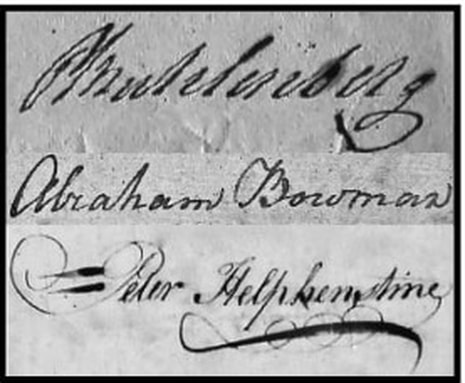 The signatures of Col. Peter Muhlenberg, Lt. Col. Abraham Bowman, and Maj. Peter Helphenstine. (Author) The signatures of Col. Peter Muhlenberg, Lt. Col. Abraham Bowman, and Maj. Peter Helphenstine. (Author) Why Germans? The 8th Virginia Regiment of Foot was authorized by the revolutionary Virginia Convention on December 13, 1775. It had no numeric designation yet, but was intended to be unique in two ways. It would be ethnically-based and all of its men would carry rifles. It was conceived as a “battalion” to “be composed of Germans, with German officers.” The concept may have originated with the Rev. Peter Muhlenberg and Jonathan Clark, both delegates from Dunmore County in the Shenandoah Valley. Dunmore (now called Shenandoah County) was the cultural hub of German life in the Valley. It is inconceivable that the resolution could have been drafted without the involvement of at least Muhlenberg and probably of Clark as well. Muhlenberg was the Rector of Beckford Parish, the geography of which was identical to that of Dunmore County. His church was at Woodstock, the county seat. He was, however, more than just the community’s pastor. He was the son of the patriarch or the Lutheran Church in America, whose church was in the village of Trappe near Philadelphia. Clark was the county’s deputy clerk, an important job, under Thomas Marshall (soon to be colonel of the 3rd Virginia Regiment and father of future Chief Justice John Marshall). The Shenandoah Valley’s Germans had nearly all come the way Muhlenberg had: down the Great Philadelphia Wagon Road to Virginia. The road passed through communities that remain heavily German to this day, such as Lancaster, Pennsylvania. Scotch-Irish immigrants followed the same route, but tended to settle farther south in the Valley, around Staunton and Augusta County. Lutheran Germans like Muhlenberg were seen by the Virginia gentry as reasonably reliable and trustworthy. Their theology differed little from the Church of England. Muhlenberg had, in fact, gone to London to be ordained before taking his position in Woodstock. (King George III was himself of German descent and his great grandfather, George I, couldn’t speak English when he took the throne.) The Ulster Irish, however, were less trusted. They were theological dissenters and often politically radical. Their Calvinist faith differed in important ways from Anglicanism. They could, however, be counted on to fight “And be it farther ordained,” read the resolution, “That of the six regiments to be levied as aforesaid, one of them shall be called a German regiment, to be made up of German and other officers and soldiers, as the committees of the several counties of Augusta, West Augusta, Berkeley, Culpeper, Dunmore, Fincastle, Frederick, and Hampshire (by which committees the several captains and subaltern officers of the said regiment are to be appointed) shall judge expedient.”
Below them, the officers of the ten companies—captains, lieutenants and ensigns—were a diverse group. English, German, and Scotch-Irish were most common. Capt. Abel Westfall of Hampshire County was Dutch, though his family had been in America for generations. Lieut. Jacob Rinker was Swiss. Lieut. Isaac Israel was Jewish. Religiously, though it is hard to trace, they were mostly Anglican, Lutheran, German Reformed, Presbyterian, and probably Baptist. If there were no Methodists, some of them—including Capt. Westfall—would become Methodists soon. ` The diversity of the officers reflected the diversity in the rank and file. The 8th Virginia was a microcosm of the Continental Army at large. It was America’s original “melting pot.” Originally divided by race and religion, their shared hardships would soon make them a band of brothers. The committees were generally dominated by English elites and could be counted on to appoint the right kind of company officers. Only two of ten companies had Irish captains: Fincastle County and the West Augusta district (both on the frontier) selected James Knox and William Croghan. Both were capable and loyal officers. The choice of field officers, however, was up to the Virginia Convention and it chose three Germans as it had planned. Each was from a different down in the lower (northern) Shenandoah Valley. Muhlenberg was appointed to be the colonel. Abraham Bowman of Strasburg (also in Dunmore County) was appointed to be the lieutenant colonel. Bowman came from a prominent family. His grandfather, Jost Hite, had led the first group of German settlers into the valley from Pennsylvania in 1731. More from The 8th Virginia Regiment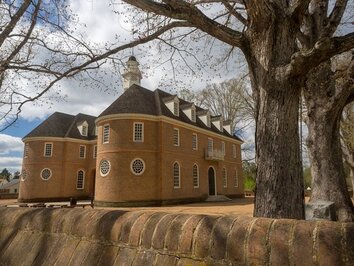 The early revolutionary Virginia Convention usually met in Williamsburg. The early revolutionary Virginia Convention usually met in Williamsburg. Virginia was described as the the "most English" of the colonies. It had been consistently loyal to the Crown, even during the era of Parliamentary rule under Oliver Cromwell. The Church of England was integrated into the local government. Virginia's frontier territories were different. When the Revolutionary War started, the Virginia Conventioned designated the 8th Virginia to be a "German" regiment. Thousands of Pennsylvania Germans had settled in the Shenandoah Valley. But how German was it really? There were also many Protestant Irish ("Scotch-Irish") and English settlers in the area, and the actual recruitment territory stretched all the way to Pittsburgh. On September 12, Gabe Neville spoke at Virginia's Germanna Foundation to explore the question: "Just how German was the regiment in reality?" Learn more at the Germanna Foundation website.
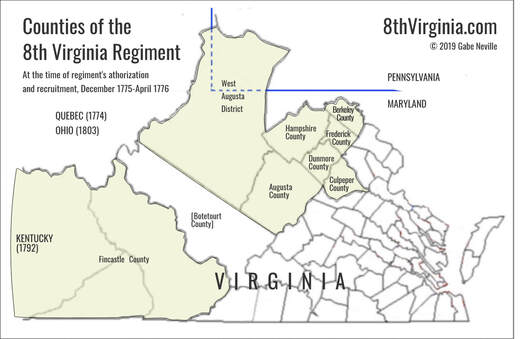 A newly-created map of the 8th Virginia's recruiting counties shows that the regiment was largely composed of frontiersmen and pioneers. It is helpful to visualize how the regiment raised its ten companies in the westernmost settled areas of the province (Virginia wasn't a state, yet). This made the regiment unique in several ways. They were ethnically and religiously different from the rest of Virginia. Soldiers, some of whom were subsistence hunters, were typically better marksmen than the average soldier. Their motives for fighting were less focused on taxes and trade and more focused on their desires to head west--something the King had forbidden. Political geography has changed. All of these counties have been divided, some within months of the regiment's formation. West Virginia, which is not shown, was created in 1863 and would occupy the left-center of the map. The disputed northeast part of the Augusta District is now southwest Pennsylvania, including Pittsburgh. Western Fincastle County became Kentucky County in 1776 and the Commonwealth of Kentucky in 1792. Most Americans are unaware that beginning in 1774, Ohio and lands west of it were part of the Province of Quebec. This, technically at least, extended holdover French civil institutions to the border of settled Virginia. Quebec had no elected legislature and had been allowed to keep its Catholic institutions. Both facts were seen by Virginians as sure signs of creeping tyranny. The Soldiers Page lists the various companies and the counties from which they came. In brief: the West Augusta District and Dunmore County each raised two companies. Augusta, Berkeley, Culpeper, Fincastle, Frederick, and Hampshire counties each contributed one. Initially called the "German Regiment" and long remembered that way, the map also shows how wide-ranging and diverse the zone of recruitment was. The lower (northern) Shenandoah Valley counties of Berkeley, Frederick, and Dunmore had significant populations and all three field officers were from that area. Culpeper, the only Piedmont county, had a smaller German population that descended from the Germanna Colony. The other counties were predominantly Scotch-Irish and English.
This was evidently true despite the absence of two complete companies. Lee may have extrapolated to account for the absent companies. Alternately, at least one of the present companies (Captain Jonathan Clark’s) appears to have enlisted numbers beyond its quota. When Muhlenberg set off on May 13, Capt. James Knox’s southwest (Fincastle County) company had not yet arrived. It was close, though—probably at Williamsburg. Or perhaps it had just arrived and needed to rest. Lee wrote, “Capt[ai]n Knox will follow the Regiment, so the Colonel must not wait for him.” Capt. William Croghan’s Pittsburgh (West August District) company, however, was even farther behind. Lee took the regiment anyway. There was no time to spare. Consequently, it would be an entire year until Croghan’s men joined the regiment. Lee wrote to John Hancock, “As the Enemy’s advanced Guard…is actually arrived—I must, I cannot avoid detaching the strongest Battalion we have to [North Carolina’s] assistance; but I own, I tremble at the same time, at the thoughts of stripping this Province of any part of its inadequate force.” Battalions and regiments were essentially synonymous at this time. Lee was, in fact, calling the 8th Virginia the “strongest” of the province’s nine regiments. He would later confirm this assessment when he wrote to Muhlenberg, “You were ordered not because I was better acquainted with your Regiment than the rest--but because you were the most compleat, the best arm’d, and in all respects the best furnish’d for service.” To Congress he reported, “Muhlenberg’ s regiment wanted only forty at most. It was the strength and good condition of the regiment that induced me to order it out of its own Province in preference to any other.”
Meanwhile, the British commanders were learning that the Patriot victory at Battle of Moore’s Creek Bridge had quelled their hoped-for Tory uprising. They opted, therefore, for an alternate target. Just as the 8th Virginia arrived at Cape Fear, the enemy was sailing off for Charleston, South Carolina. Muhlenberg’s men continued the chase, now at a forced-march pace. A very difficult and deadly summer lay ahead of them. More from The 8th Virginia Regiment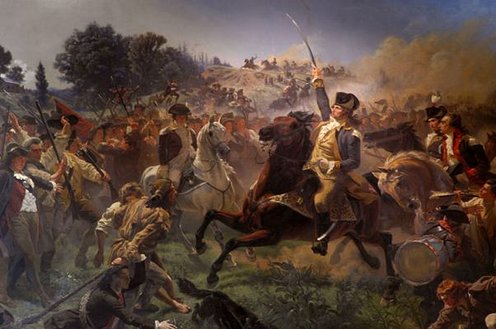 "Washington Rallying the Troops at Monmouth," by Emanuel Leutze--the same artist who painted the famous depiction of Washington crossing the Delaware. "Washington Rallying the Troops at Monmouth," by Emanuel Leutze--the same artist who painted the famous depiction of Washington crossing the Delaware. The Battle of Monmouth Courthouse (June 28, 1778), was the last engagement for the 8th Virginia Regiment in the war. It was fought exactly two years after the 8th Virginia's first real battle at Sullivan's Island, South Carolina. Very few of the original enlistees were still in the regiment at Monmouth. Aside from deaths from disease and battle, all of the original enlistments from 1776 expired during the Valley Forge Encampment. Some of the original officers still remained, however. Some of the original recruits had also reenlisted. Still, the numbers were not enough for a regiment. This was true to varying extents for all the Virginia regiments. Shortly before Monmouth, the 4th, 8th, and 12th Virginia regiments were merged into a unit referred to as the "4th-8th-12th Regiment" under the command of Col. James Wood of the 12th. The three regiments had served together for more than a year in Gen. Charles Scott's brigade, and continued under him. (Grayson's and Patton's "additional" regiments were also in the brigade.) 8th Virginia Colonel Abraham Bowman, who had less seniority than Wood, continued serving for the time being. On the approach to Monmouth, General Scott was put in charge of a detachment annoying the British flank, so Colonel William Grayson took command of the brigade. They led the approach and were in the center of the line during the morning engagement under Maj. Gen. Charles Lee. They were attached to Gen. Anthony Wayne in the afternoon. The was the last battle for the storied 8th Virginia, a unit that first began as a Virginia provincial regiment led by a pastor and loyal (technically, at least) to the King. The Virginia legislature had intended it to be a German (or German-led) unit and commissioned German field officers for it (Col. Muhlenberg, Lt. Col. Bowman, and Maj. Helphinstine). It recruited men of other ethnicities, however, and was never as German as originally envisioned. Some of the men, commissioned and enlisted, continued to fight on to the end of the war. In September, the regiment merged with the 4th Virginia under the latter's number. Colonel Wood's 12th Virginia became the "new" 8th Virginia. Col. John Neville of the 4th remained in command. 8th Virginia Col. Abraham Bowman, who was junior in seniority to both Wood and Neville, was released as a "supernumerary" officer. (After reporting to Gov. Patrick Henry he returned home and then moved to Kentucky.) In 1779, the consolidated 4th was provisionally merged with the 3rd Virginia and known for a time as the "3rd and 4th Virginia Regiment." Lastly, the handful who remained were included in the 2nd Virginia "brigade" sent to reinforce General Benjamin Lincoln at Charleston, South Carolina, in 1780. Some of them were under the command of Captain Abraham Kirkpatrick, who had begun the war as a lieutenant in William Croghan's Pittsburgh company of the 8th Virginia. Croghan, now a major, was also at Charleston. All of them were taken prisoner when Lincoln surrendered on May 12, 1780. Brigadier General Peter Muhlenberg (the regiment's original colonel) and Lt. Colonel William Darke (one of the regiment's original captains) were both at Yorktown. They may be the only men of the original 8th Virginia who served at Yorktown as members of the Continental Army. Private Bean Smallwood, an original 8th Virginia recruit in Captain Berry's company, was at Yorktown as a militiaman. Here is an excellent overview of the Battle of Monmouth. (Updated 12/12/19)
In 1777, the main body of the regiment served in Maj. Gen. Adam Stephen's division at Brandywine and Germantown. A small group of riflemen from the 8th were detached to Daniel Morgan’s Rifle Battalion under the command of Captain James Knox and participated in the Saratoga campaign. A few dozen were detached for a month to William Maxwell's Light Infantry in August and September of 1777 under the command of Captain (later and retroactively Major) William Darke, at Cooch's Bridge and Brandywine. Stephen was replaced by the Marquis de Lafayette late in the year. In 1778, with its ranks severely depleted by disease, casualties, and expired enlistments, the 8th was folded into the 4th Virginia after the Battle of Monmouth. 1776 Southern Campaign (Sullivan’s Island, Savannah, Sunbury): Gen. George Washington, Commander in Chief (not present) Maj. Gen. Charles Lee, Commander of the Southern District Brig. Gen. Andrew Lewis (Tidewater service) Brig. Gen. Robert Howe (Cape Fear, Charleston, Savannah, Sunbury) Captain Croghan Detachment attached to 1st Virginia (White Plains, Trenton, Assunpink Creek, Princeton): Maj. Gen. Joseph Spencer (White Plains) Maj. Gen. Nathanael Greene (Trenton and Princeton) Col. George Weedon (temporary brigade at Fort Washington) Brig. Gen. William Alexander, Earl of Stirling (White Plains through Trenton) Brig. Gen. Hugh Mercer (Princeton) 1777 Philadelphia Campaign (Brandywine, Germantown, Valley Forge) Gen. George Washington, Commander in Chief Maj. Gen. Benjamin Lincoln (New Jersey rendezvous) Maj. Gen. Adam Stephen (Brandywine, Germantown) Maj. Gen. Gilbert du Motier, Marquis de Lafayette (Valley Forge) Brig. Gen. Charles Scott Captain Knox Detachment under Colonel Daniel Morgan (Saratoga) Maj. Gen. Horatio Gates Maj. Gen. Benjamin Lincoln Captain Darke Detachment in Maxwell's Light Infantry (Cooch's Bridge, Brandywine) Brig. Gen. William Maxwell 1778 Campaign (Valley Forge, Monmouth): Gen. George Washington, Commander in Chief Maj. Gen. Gilbert du Motier, Marquis de Lafayette Maj. Gen. Charles Lee (at Monmouth) Brig. Gen. Charles Scott Col. William Grayson (temporary brigade commander at Monmouth) More from The 8th Virginia Regiment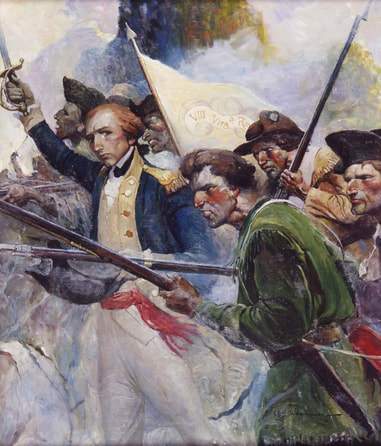 The Marquis de Lafayette with the 8th Virginia. (Frank Schoonover) The Marquis de Lafayette with the 8th Virginia. (Frank Schoonover) The 8th Virginia was composed of ten companies. Each one was supposed to have 68 enlisted men led by four officers (captain, 1st lieutenant, 2nd lieutenant, and ensign). At least one overenlisted and one underenlisted. The overall regiment was commanded by three field officers (colonel, lieutenant colonel, and major) assisted by several staff officers (chaplain, adjutant, surgeon, surgeon's mate, paymaster, and quartermaster). One inherited company was composed men on 1-year enlistments that began in December of 1775. The other nine companies served 2-year enlistments, beginning in the spring of 1776 and ending at Valley Forge in the spring of 1778. An 11th company was raised to replace the 1-year men in 1777. Replacements recruited in 1777 served 3-year enlistments. The 8th existed from December 13, 1775 when it was authorized by the Virginia Convention, to September 14, 1778 when it merged with the 4th Virginia and took that number. I have posted an outline of the regiment's structure, listing officers and some enlisted men (when I have written about them or heard from descendants). This is not intended to be a full "roster" of the regiment, but rather a look at its structure, origins, and organization. The names of known descendants are in brackets after a soldier's name. An alphabetical lift of descendants is available on The Family Page. If you would like to be identified with your ancestor, please send an email over the web form. Your email address will be linked from your name only if you specifically request it. See “The Grand Division Standard” (June 20, 2022) for a corrected and updated version of this post.Here are images of all three known Virginia regimental standards, shown together apparently for the first time. All three flags are in anonymous private collections but have been exhibited publicly. The flag in the middle belonged to the 8th Virginia. One of the other flags reportedly belonged to the 3rd Virginia. The faded rectangle in the center of the 8th Virginia flag is a consequence of light damage resulting from the way in which it was displayed for many years--it was originally one consistent (salmon) color. The flags follow an apparently standard design, but in varying colors. The color was the most important distinguishing characteristic of the flags, which were used to help troops stay organized in the smoke and confusion of battle.
The scrolls on the blue and yellow flags contain only the word "regiment." This suggests that they were made at the same time, with the intention that regiment numbers would be added when the colors had been assigned to the respective units. (The word "regiment" is not centered in the scrolls; space was retained to the left of the word on both flags.) The writing in the 8th Virginia's scroll is illegible because of light damage. The writing was retouched on the reverse side of the flag to say "VIII Virg Regt." An 1847 account in the Richmond Whig says the scroll contained the words "VIII Virga Regt." This sets it apart from the other two flags. This can be explained by the history of Virginia's Continental regiments. The 1st and 2nd regiments were authorized by the Virginia convention in 1775 for one-year enlistments. Seven more regiments were authorized in December of 1775 to be formed in 1776 for two-year enlistments, with the expectation that the 1st and 2nd would also continue with new or reenlisted men. Virginia expected all of these regiments to be taken into the Continental Army. Congress, however, initially only authorized seven Virginia Continental regiments. Despite being the first regiment to leave the Commonwealth in Continental service, the 8th drew the short straw and was not recognized immediately as anything other than a provincial (after July 4, "state") regiment. (The same was true of the small 9th regiment, which was created only for Eastern Shore defense.) At the urging of General Charles Lee, Congress later increased the number of authorized Virginia Continental regiments. One consequence of this complicated history may be that the 8th Virginia's regimental standard was not made at the same time as the other banners. |
Gabriel Nevilleis researching the history of the Revolutionary War's 8th Virginia Regiment. Its ten companies formed near the frontier, from the Cumberland Gap to Pittsburgh. Categories
All
Archives
June 2024
© 2015-2022 Gabriel Neville
|
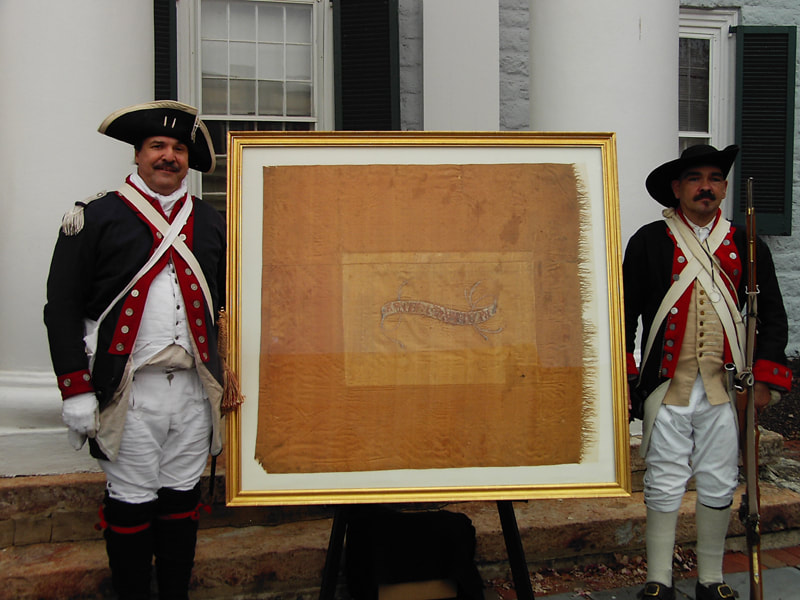
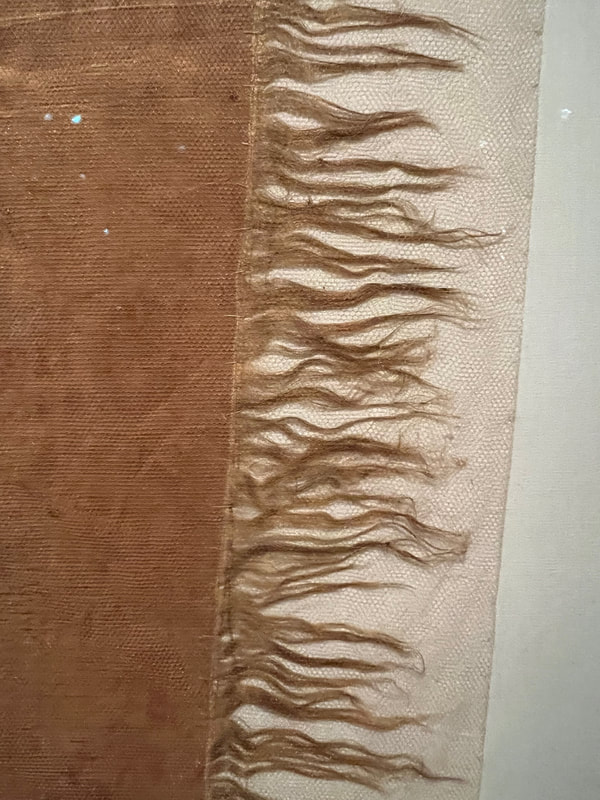
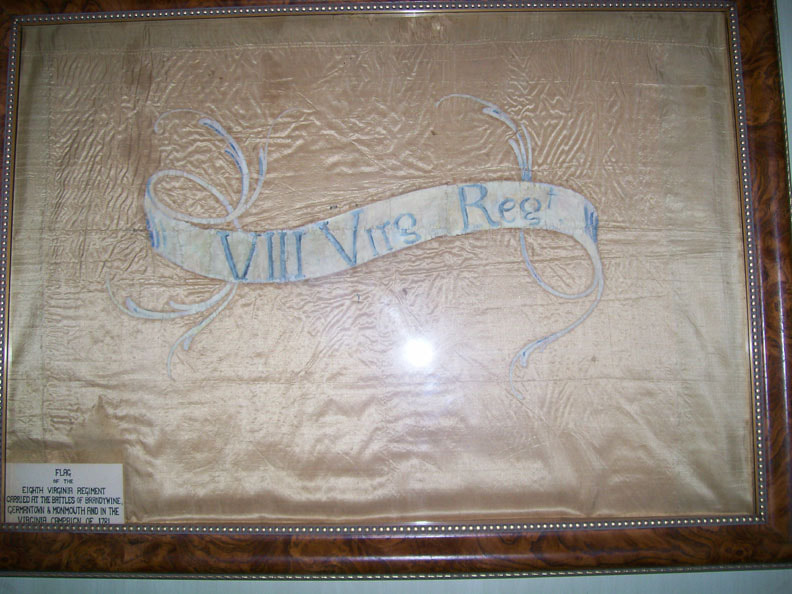
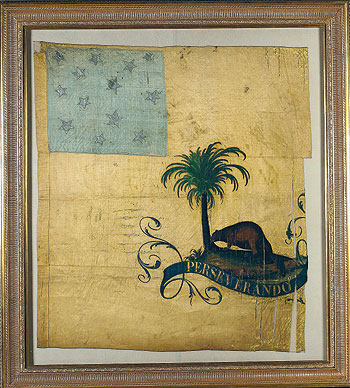
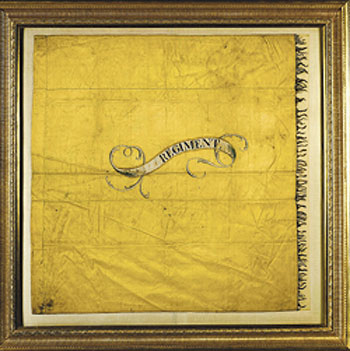
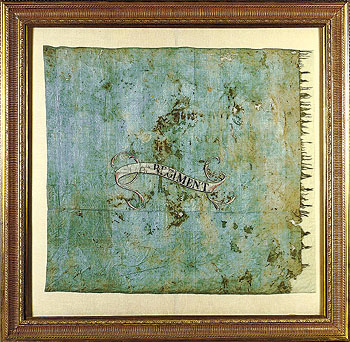
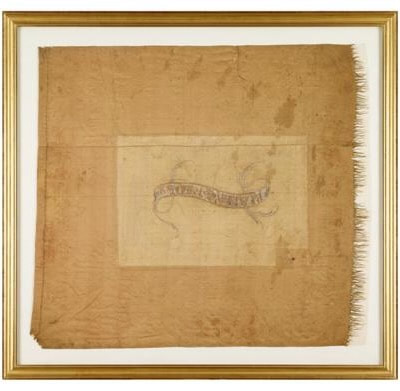
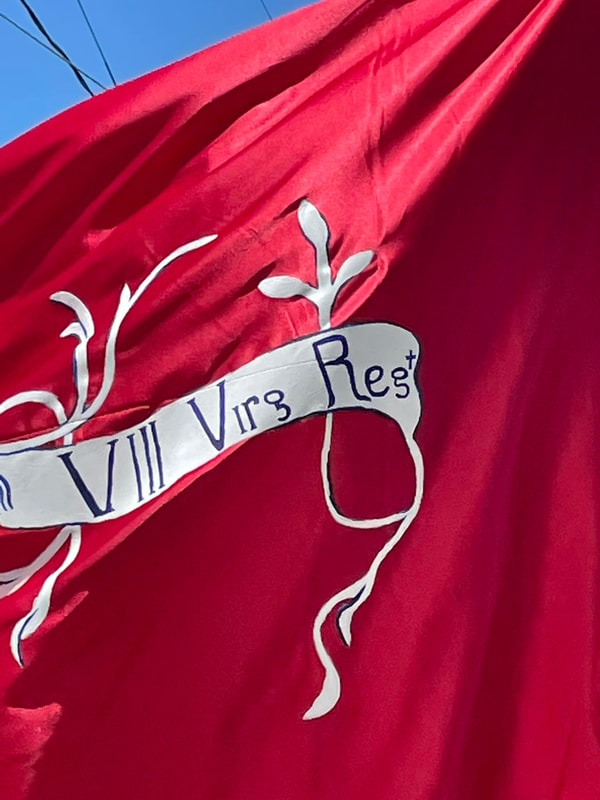
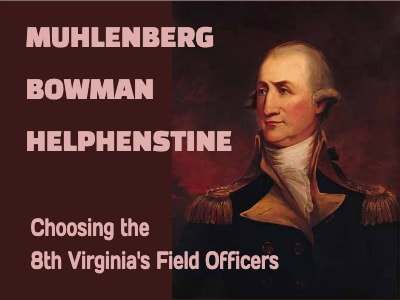
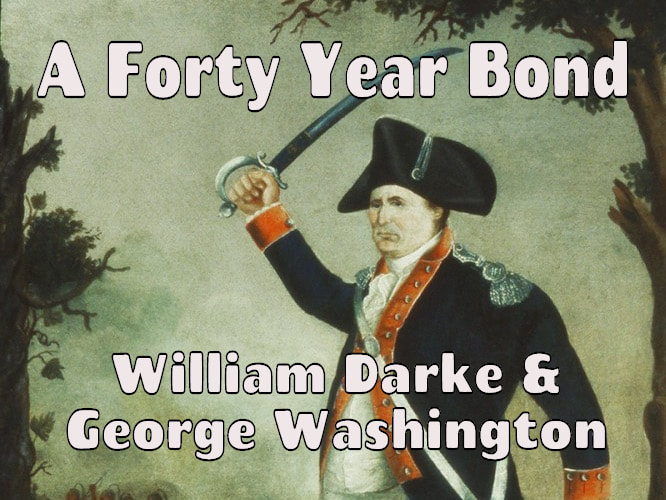
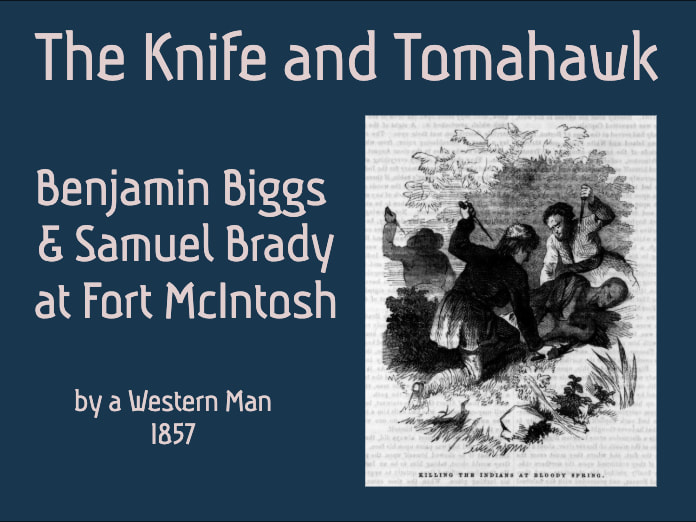
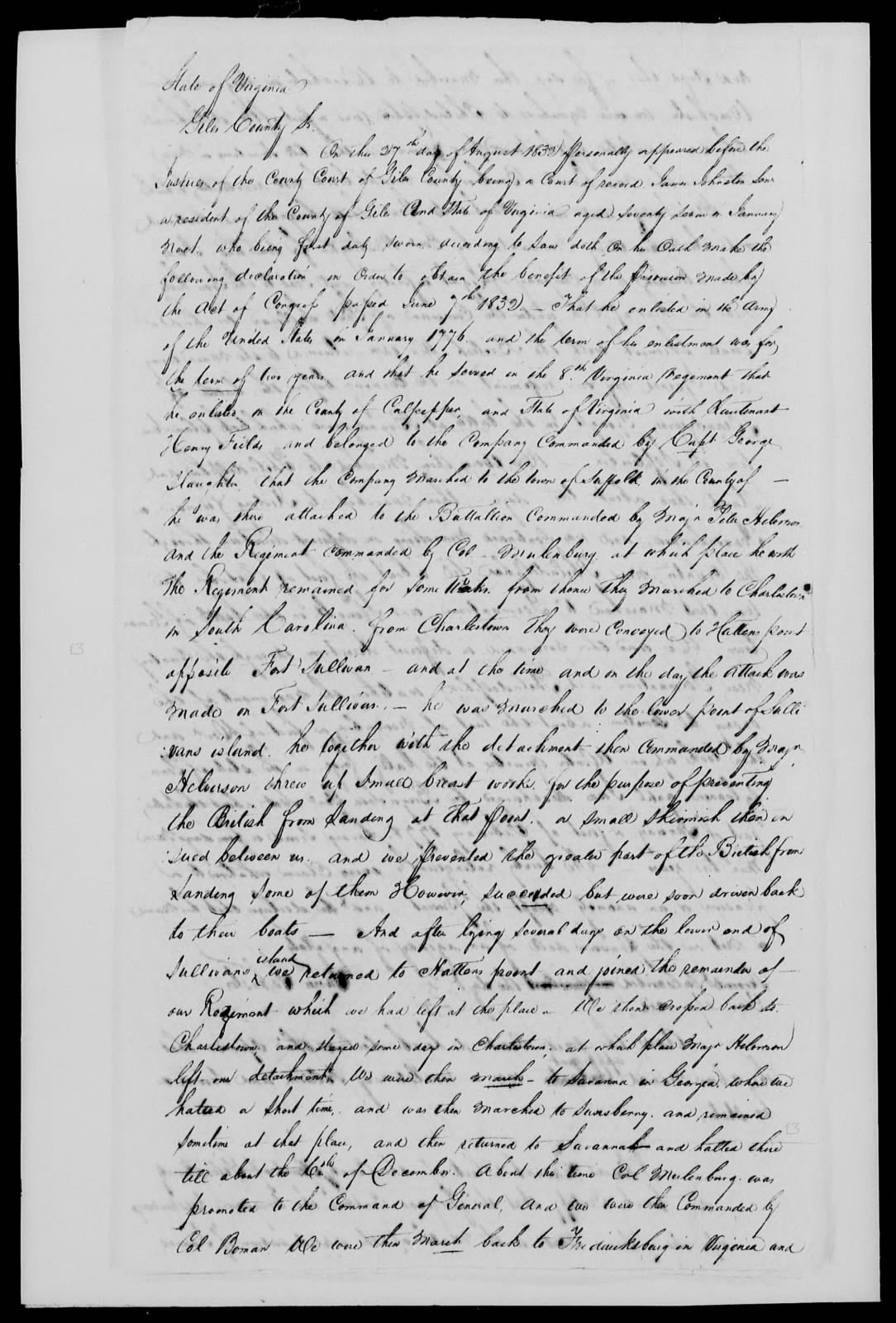
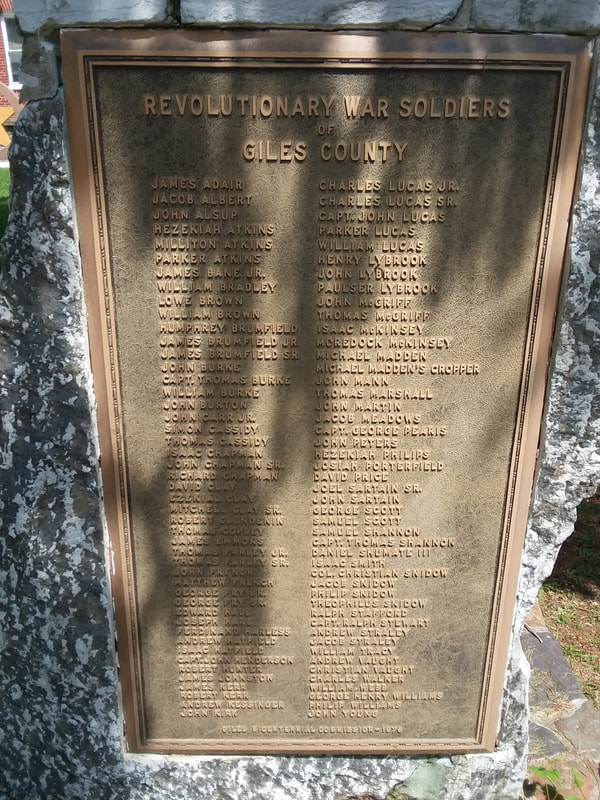
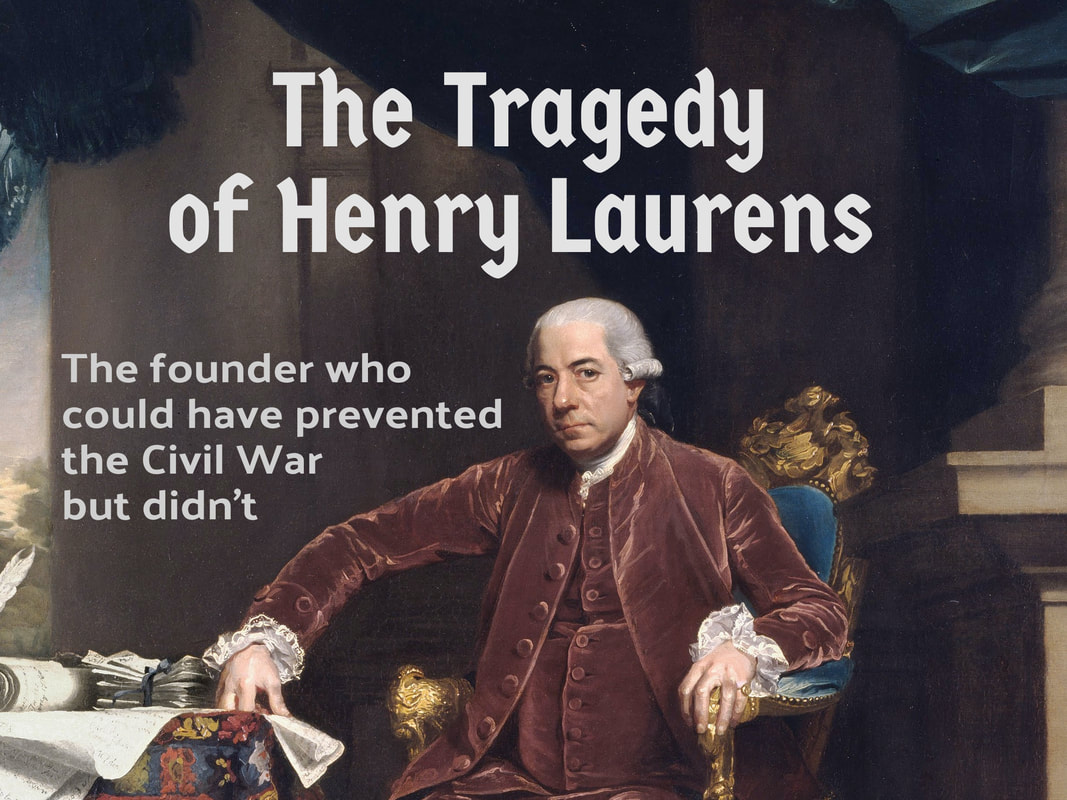
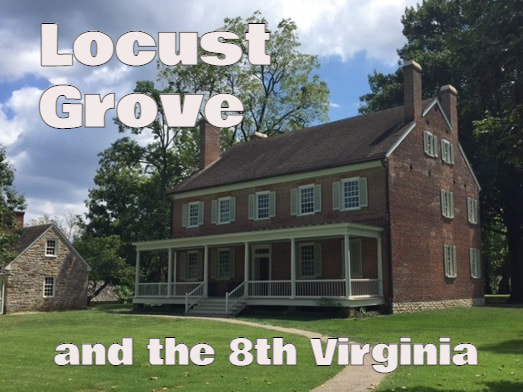
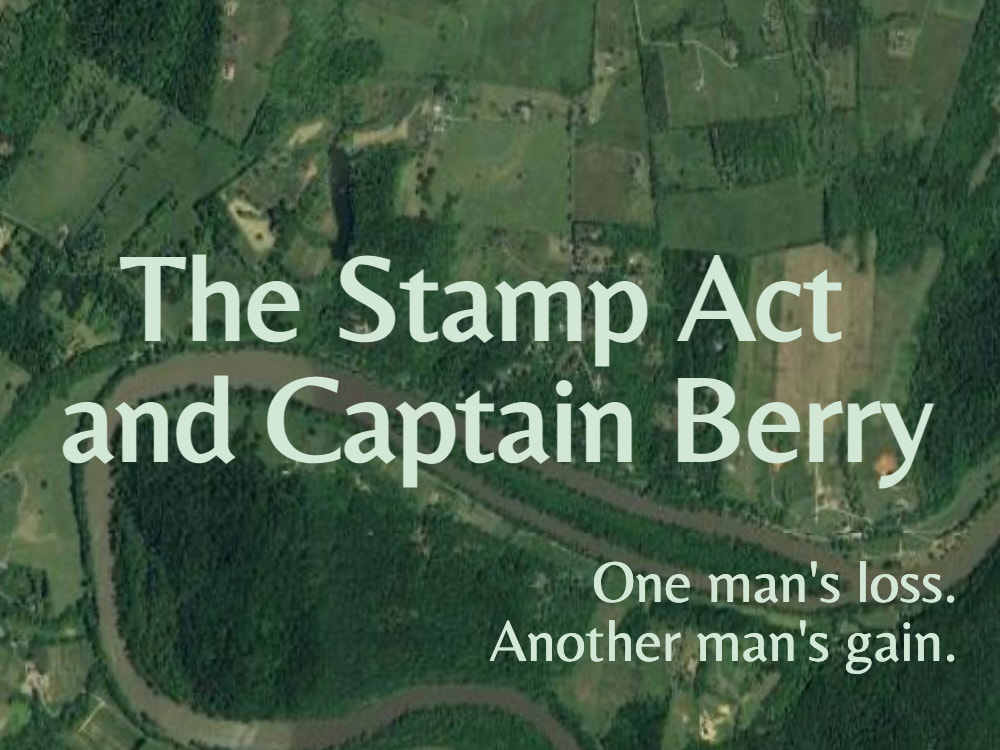
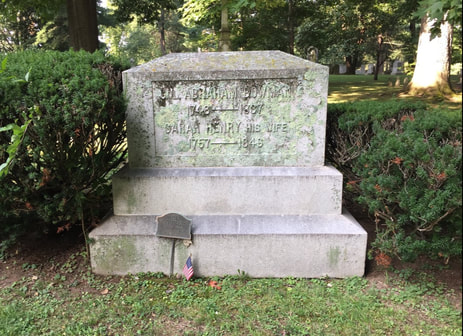
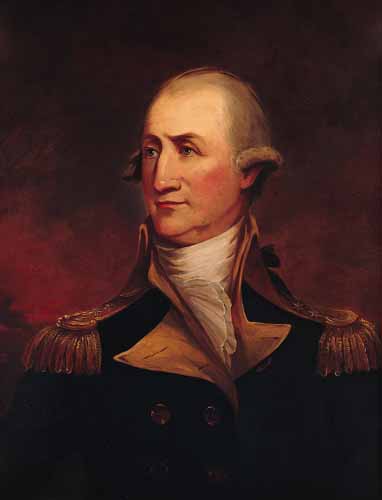
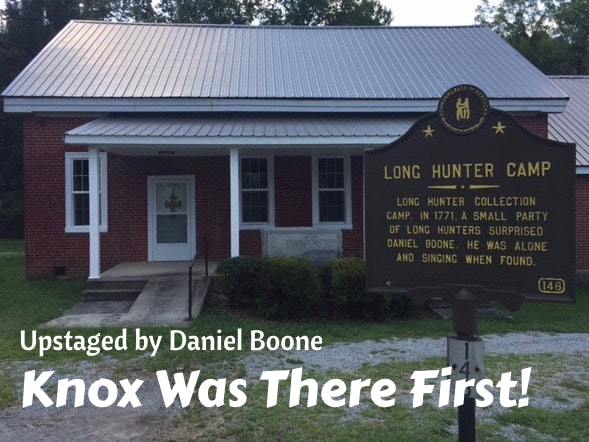

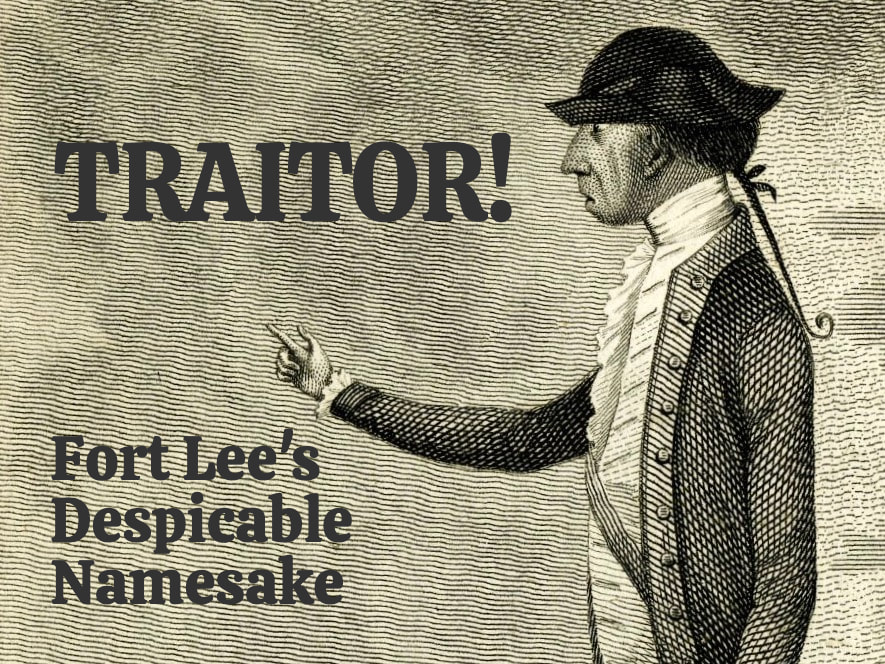
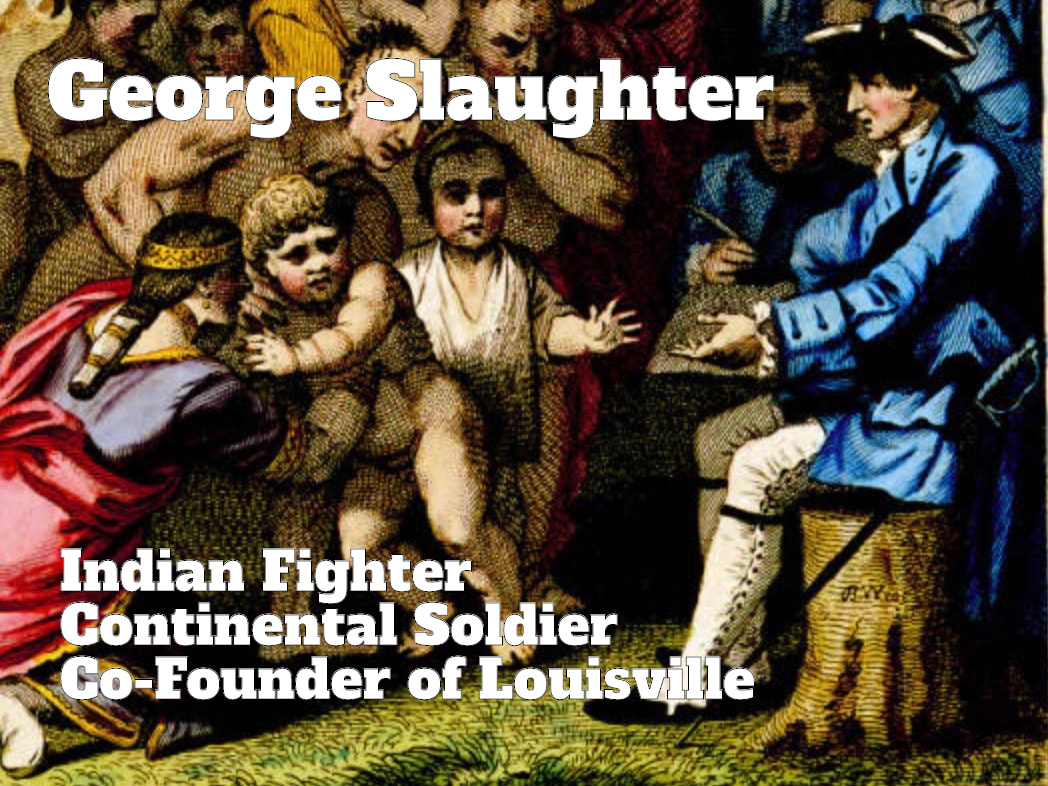
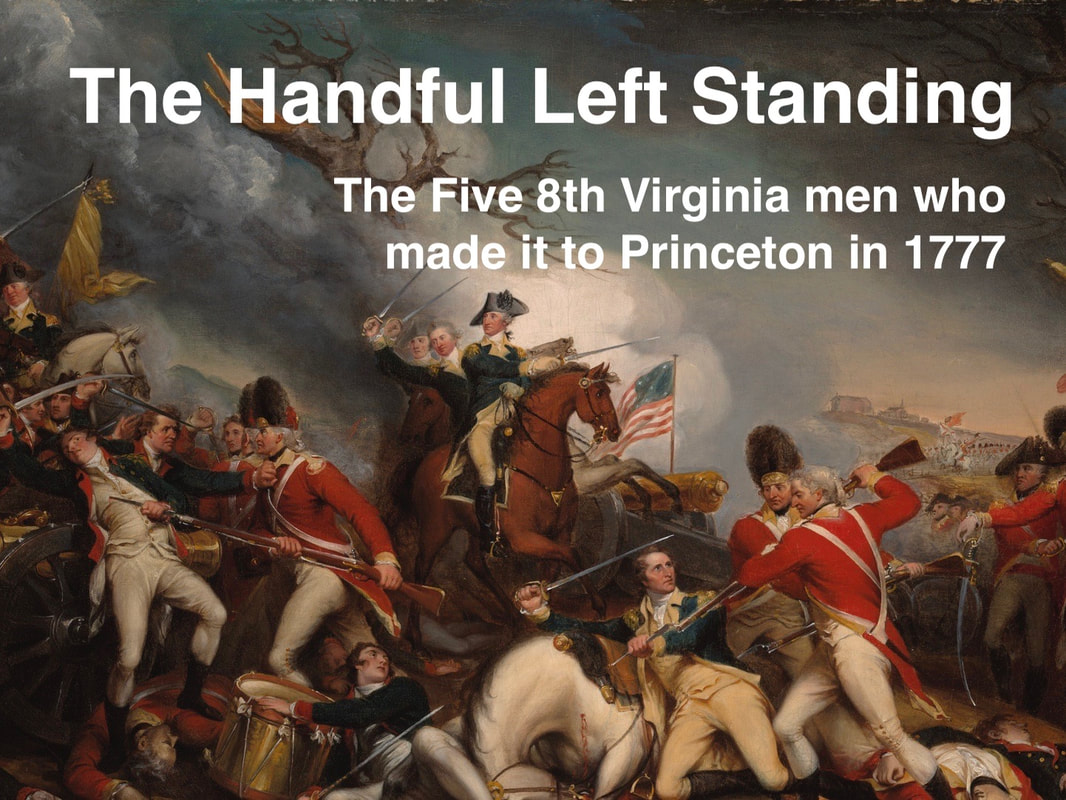
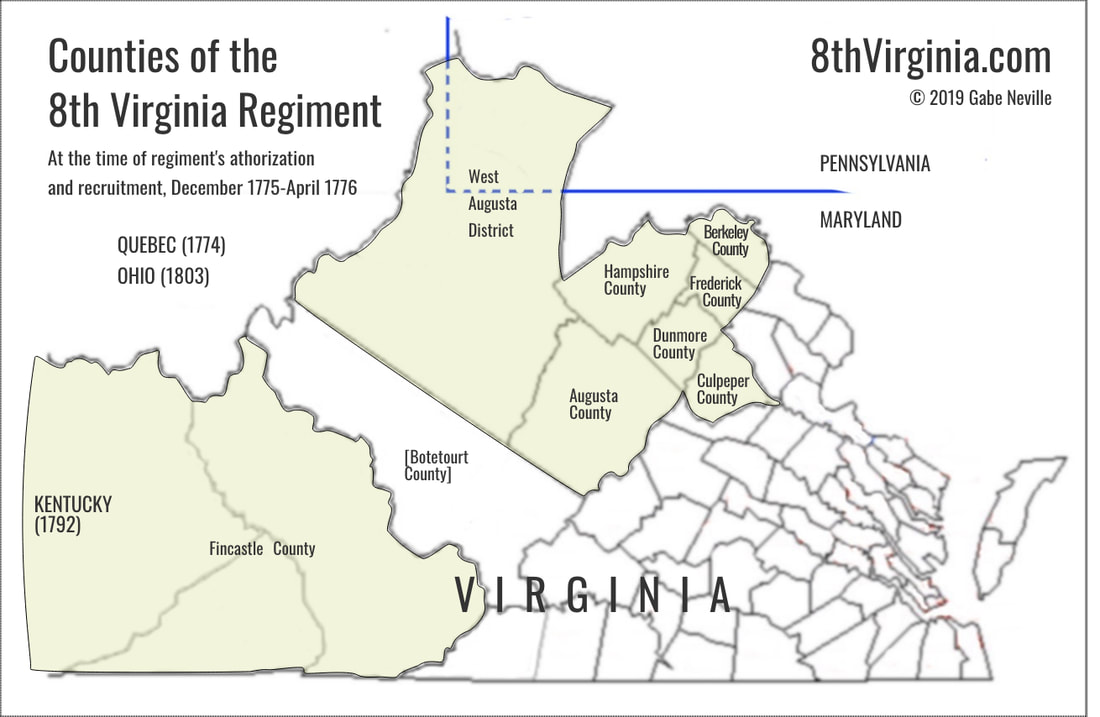
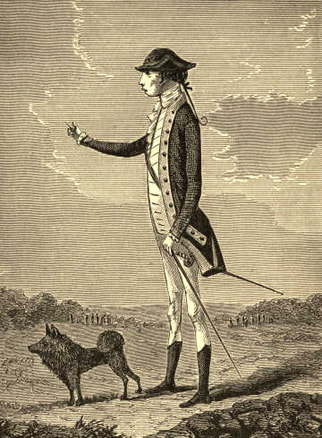
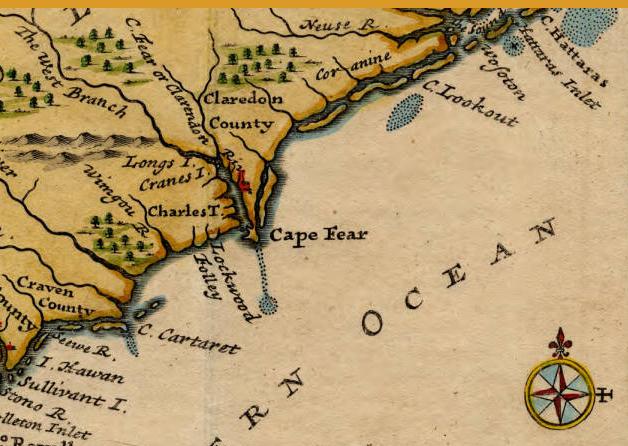
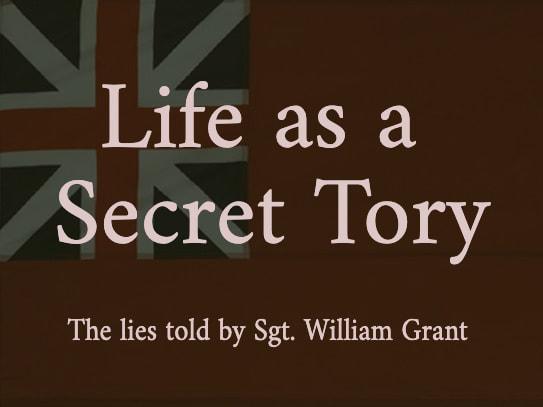
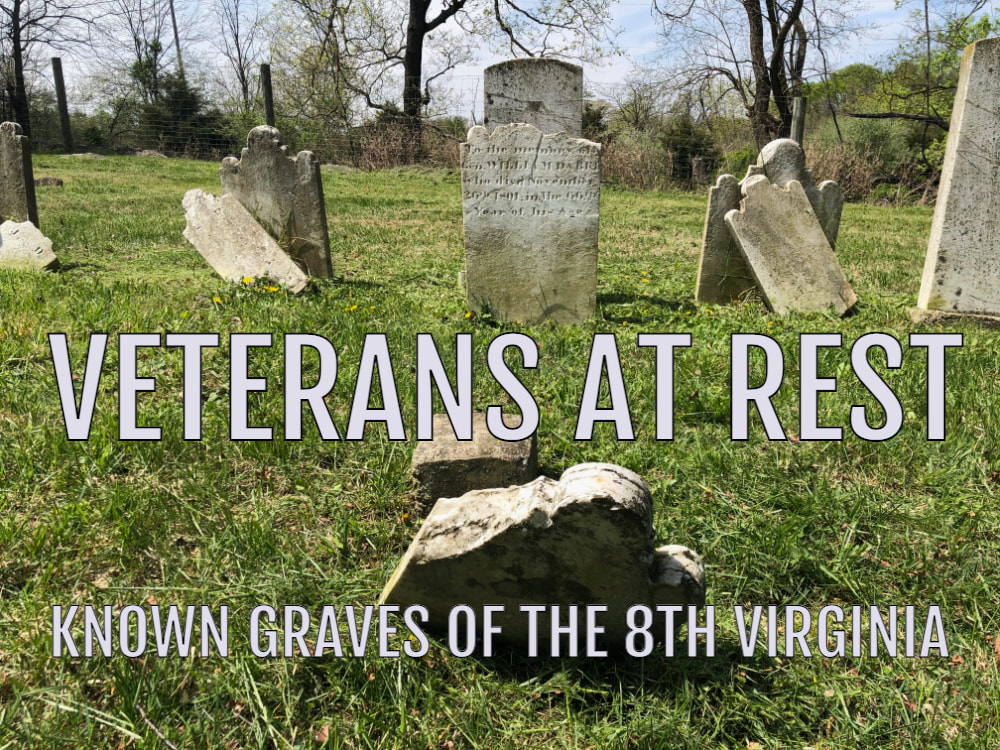
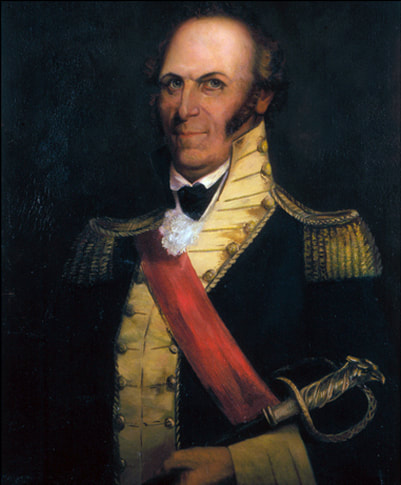
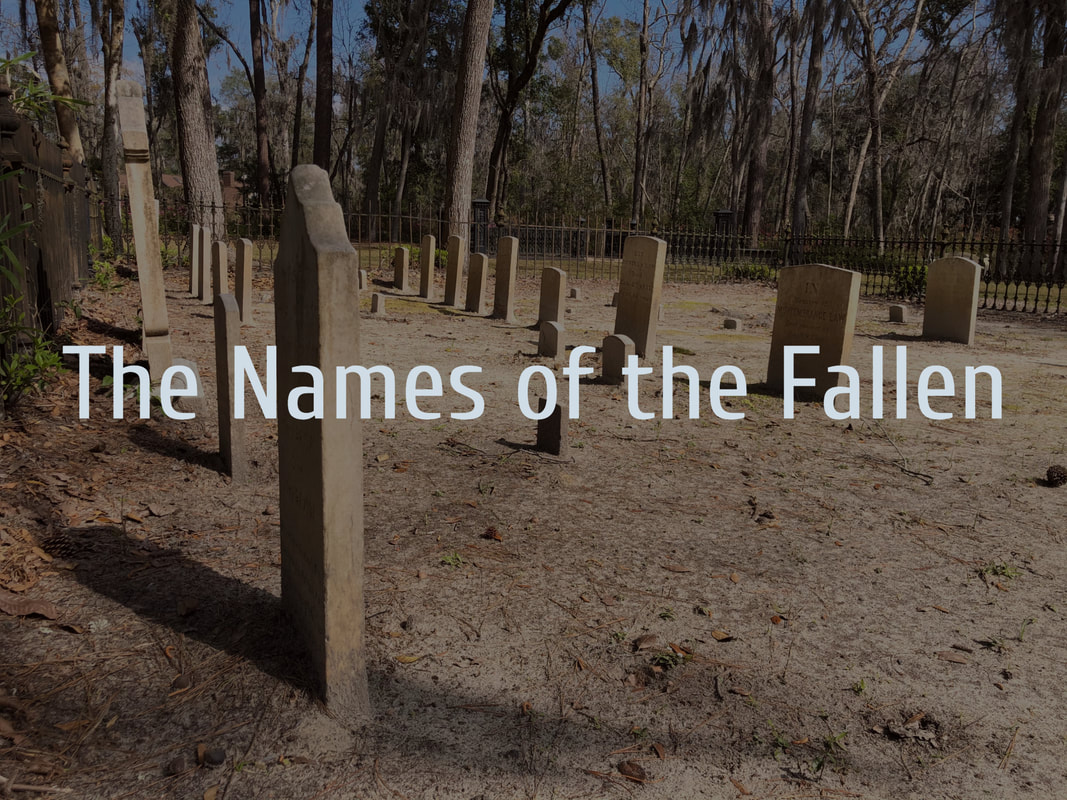
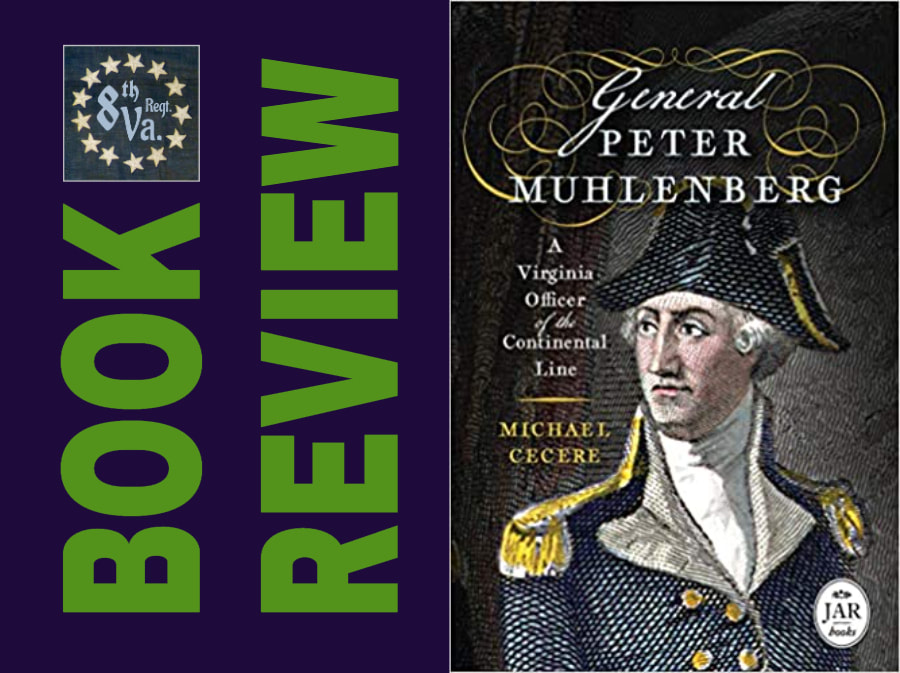
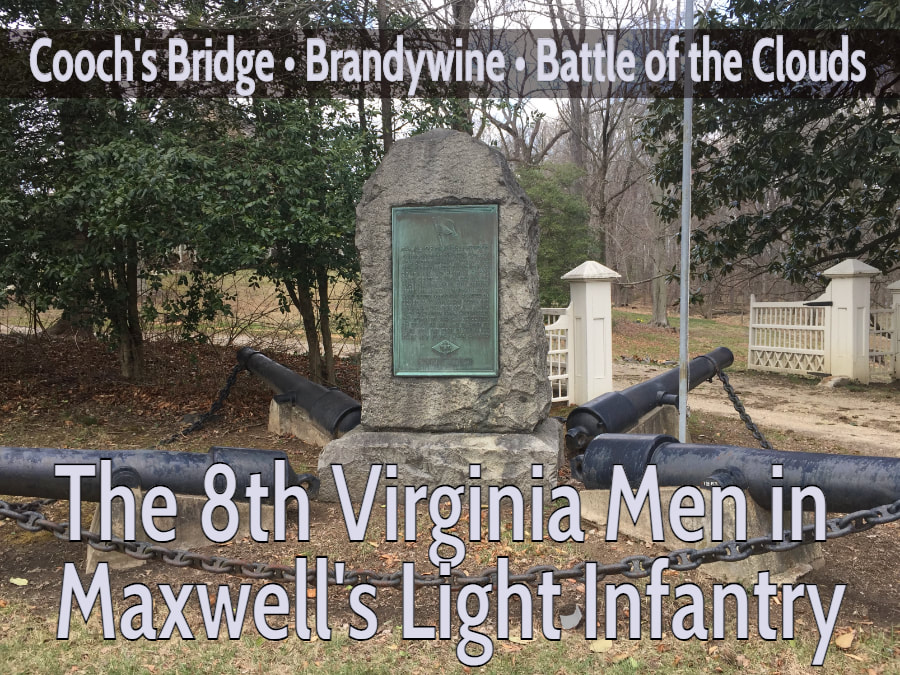
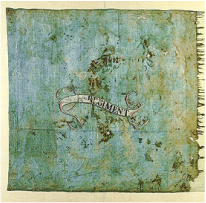
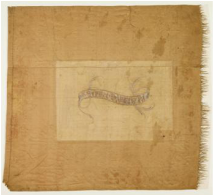
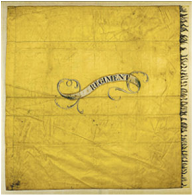
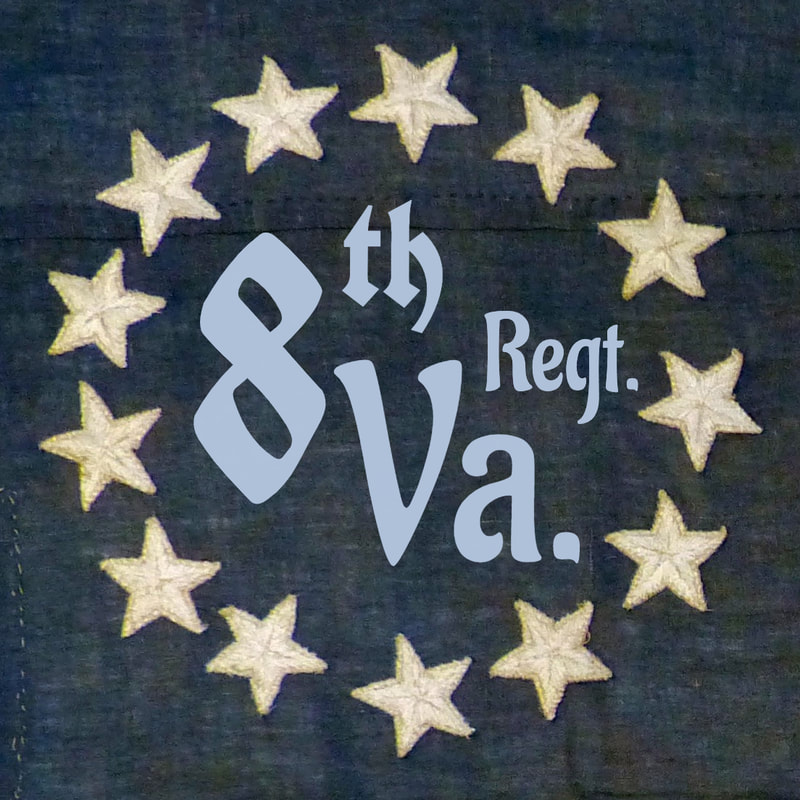
 RSS Feed
RSS Feed